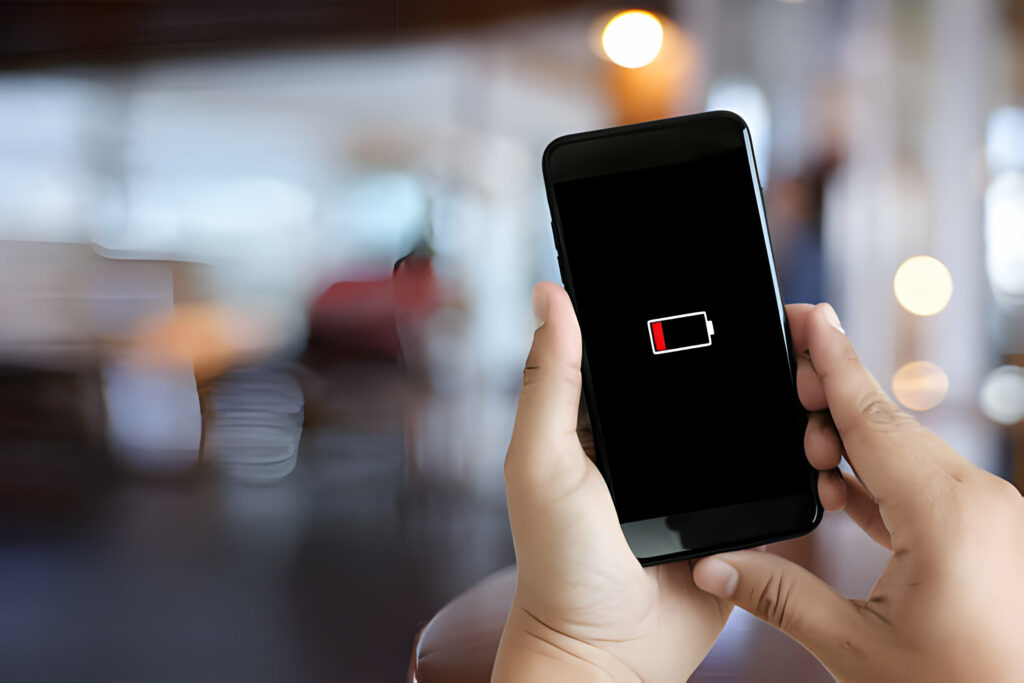As a smartphone user, you are always concerned about the battery, regardless of the next-generation battery technology you are using. Lithium-ion batteries, in particular, typically die after a day of moderate use. Although science is still a long way from having the ideal battery technology, it is making efforts to accelerate battery charging. If you’re constantly on the go and don’t want to carry around battery packs everywhere, the simple USB-C and lightning cable can provide hours of power life in a matter of minutes. This raises the question of how quickly we can charge our phones going forward.
Basic concepts
Let us review the basics of battery technology—Volts, Amps, and Watts—before delving deeper into this subject. The voltage in your wall outlet indicates the amount of power accessible, while the current, or amperage, determines the speed at which the electricity moves and is managed with the charging brick by mobile phone repair in Dubai. Lastly, the total electrical power that enters your phone is measured in watts. Accordingly, watts are fundamentally the products of voltages and amps.
Watts = Volts x Amps
We have two options for charging our battery: either we raise the volts or the amperage to charge it more quickly, or we raise both to significantly increase the power entering the battery. The key concept in energy transfer is resistance, which produces heat as a byproduct. As the Samsung Galaxy Note fiasco shows, excessive heat from batteries can be quite dangerous.
Current Technology
In the past, most USB chargers have a power range of 5 to 12 W, but they have never been able to charge quickly and remain cool at the same time. Today, USB-C has advanced significantly; it can now accommodate a wide range of devices and can support up to 100W or more, with the manufacturers dictating the charging time. Charge controllers are devices installed by OEMs like Qualcomm and Apple to ensure that the battery does not overheat. These devices control the amount of electricity that is supplied to the gadgets, preventing overcharging or overvoltage, which protects and cools the battery according to mobile repairing service in Dubai Marina.
To put that into perspective, your MacBook Pro should use all 100W of electricity while charging from a 100W power brick because that is what it is designed to do. However, if you use the same charger to charge your phone, the charge controller will transmit as much power as possible before endangering the battery. The goal of all fast-charging protocols, such as Qualcomm’s Quick Charge, Apple’s Fast Charge, and One Plus’s Dash Charge, is to swiftly, safely, and safely charge your battery without risking overheating.
Upcoming Technologies
Things are now more convenient thanks to quick charging and wireless charging, but what advancements can we anticipate in the upcoming year? Regretfully, there won’t be a significant departure from the current state of affairs; advancements will be made, but nothing groundbreaking. Supercapacitors, on the other hand, are a technology that is currently being researched that can quickly charge our phones. Although electrons can move much more quickly because they create an electrical field, overheating is still an issue, and it will take some time before we see electrons in our gadgets.
How can I make my phone’s battery last longer?
You have likely heard others advise against leaving your phone plugged in overnight because doing so can overcharge it, cause it to lose its value, or even kill it. The majority of us charge our phones overnight and discard them after the battery reaches 100%, but Princeton University and the Argonne Collaborative Centre for Energy Storage Science’s battery specialists have two key recommendations for you by mobile service center Dubai.
The simplest solution is to try to keep it plugged in as much of the time as possible. Since the phone’s software is fairly intelligent, you can never technically “overcharge” its battery because it knows when it has reached full charge.
Instead of charging your battery to 100%, aim for 90% before stopping.
Once our phones hit 100%, certain processes take place that weaken the electrolytes and shorten the battery life. This is why we should constantly keep them between 30% and 80%. (This is most likely the origin of the notion of “overcharging”).
Despite the seeming contradiction between these two pieces of advice, they are both sound and ought to be grounded in consumer behavior. Your battery is harmed when it reaches 100%, but if you are planning to charge it to that point already, leaving it at 100% won’t harm it. Therefore, you can leave it plugged in and use it at 100% all the time. If, on the other hand, you are not a heavy user of your phone and you are concerned about the longevity of your battery, try to keep it within a limited charging range.
In Short-
In the end, phones and batteries are meant to be used. Charging your smartphone to 100% won’t harm it too much because, in the worst case, you’ll probably replace it before it dies entirely. Still, replacing the battery is a relatively minor inconvenience. In the end, the software and built-in power-saving features of a modern smartphone will take care of you for a comfortable full day of use. You can always lower the refresh rate, disable 5G, lower the brightness, or just leave it in Airplane mode for a few more hours or minutes if you want to go above and beyond.

